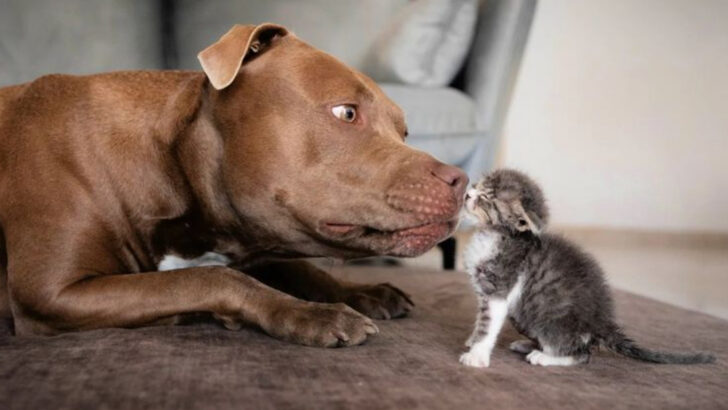Dogs and cats—it’s the age-old rivalry that sparks debates, myths, and even a few laughs. While not all dogs and cats are sworn enemies, there are some dog breeds that find it a bit harder to share their territory with felines.
From their natural instincts to hunt and chase, to their protective nature, these dogs often have a hard time coexisting peacefully with cats. Some are driven by high prey drives, others by territorial instincts, but the result is often the same: tension in the home.
In this post, we’ll explore 21 dog breeds that tend to make life a little more complicated for your average household cat. If you’re considering adding a dog to your cat-filled home, you might want to check out these breeds first.
Siberian Husky
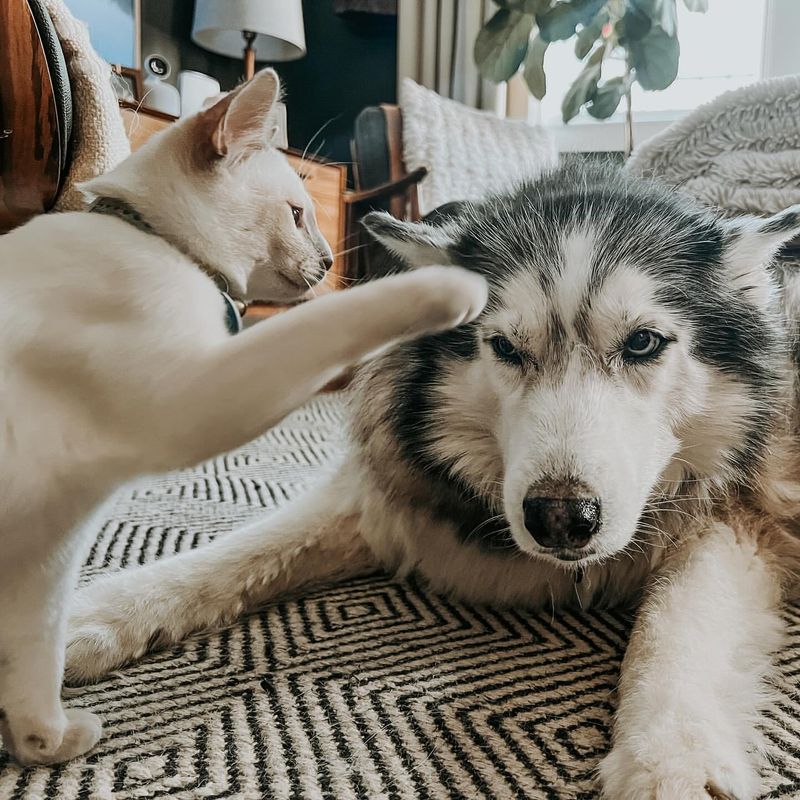
Siberian Huskies, with their striking blue eyes and thick coats, are known for their high energy and strong prey drive. These dogs were originally bred for pulling sleds in harsh climates, leading them to be highly independent and strong-willed.
Their natural instinct is to chase, making them less compatible with cats.
Living with a Husky requires careful management and training to ensure peaceful coexistence with smaller pets. They thrive in environments where they can expend energy, but their exuberant nature can be intimidating to feline friends. Caution is advised when introducing Huskies to homes with cats.
Jack Russell Terrier
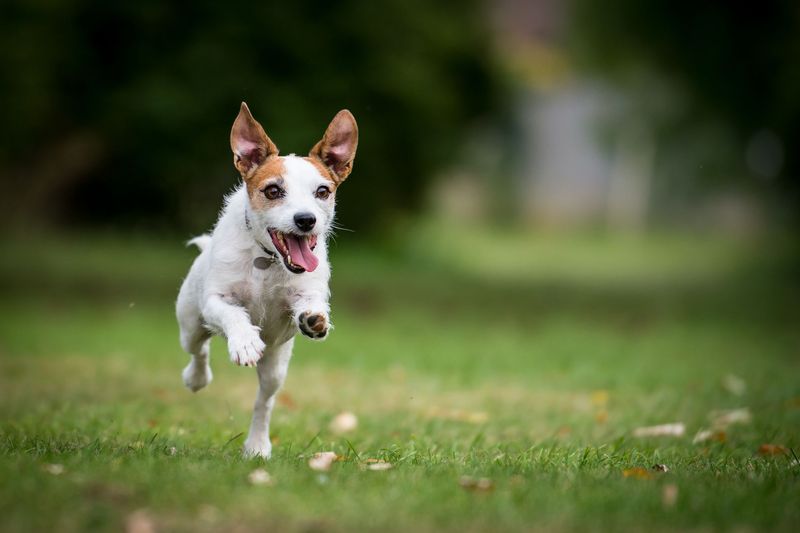
Jack Russell Terriers are small but mighty, bursting with energy and a knack for hunting. Originally bred for fox hunting, they possess an intense prey drive that often extends to smaller animals, including cats. Their size may be deceiving, as they are tenacious and spirited.
Keeping a Jack Russell with cats requires consistent training and early socialization. These dogs are intelligent and can learn to coexist, but their natural instincts make them prone to chasing.
Owners must be vigilant, providing outlets for their energy to avoid unwanted pursuits of feline companions.
Greyhound
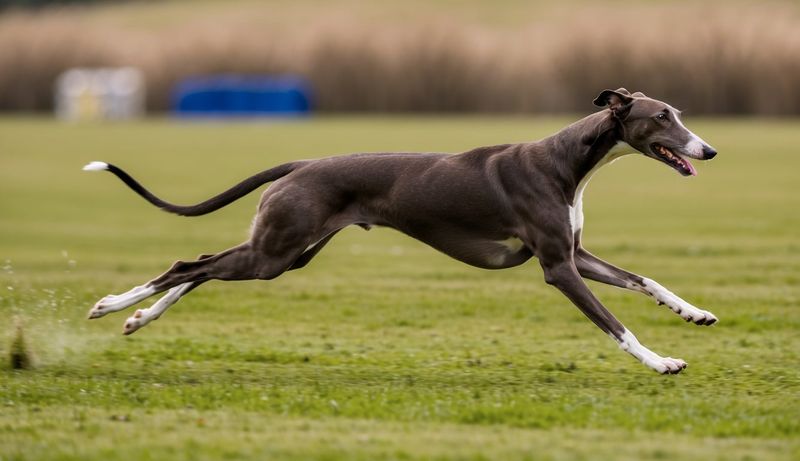
Known for their speed, Greyhounds are a sight to behold when in motion. These dogs are gentle and laid-back, but their history as racing dogs means they have a strong prey drive. Cats, being smaller and quick-moving, often trigger this instinct.
While Greyhounds can live with cats, it requires careful introductions and supervision. Many Greyhounds do adapt well with time and patience, but their initial reaction to small animals can be one of pursuit.
Ensuring harmony in a multi-pet household with a Greyhound involves understanding their nature and managing interactions.
Alaskan Malamute
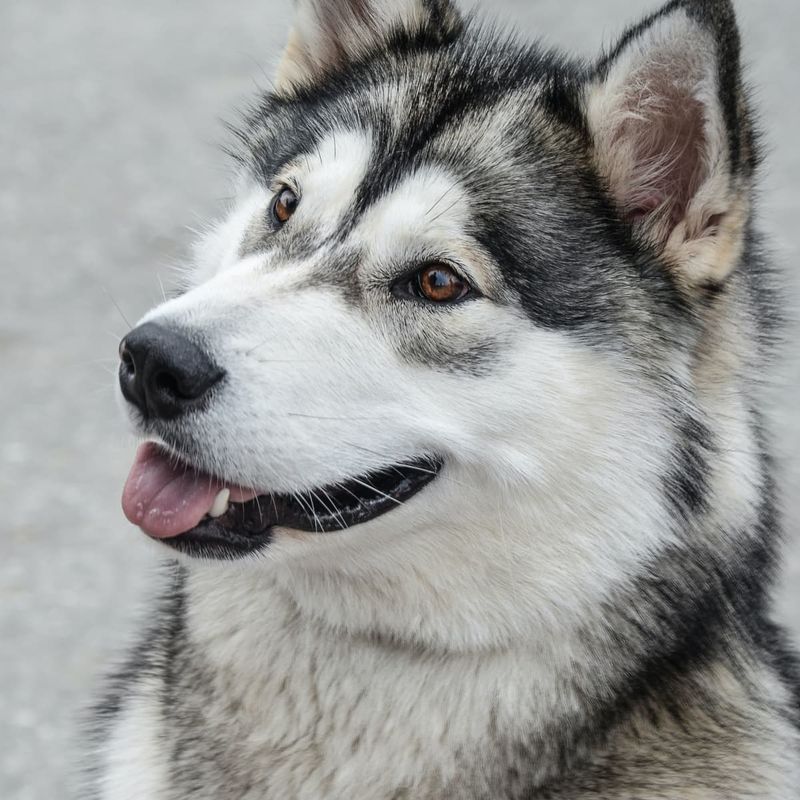
Alaskan Malamutes are powerful and majestic, with a history of working in harsh environments. Their strength and intelligence are impressive, yet their prey drive can pose a challenge in homes with cats. These dogs are natural hunters and may view small animals as quarry.
Successful integration with cats hinges on early socialization and consistent training. Malamutes require firm leadership and understanding of their behavior.
Their imposing stature and energetic nature can be daunting for felines, necessitating careful introductions and ongoing supervision. Patience and commitment are key to fostering peaceful relationships.
Beagle

Beagles, with their floppy ears and soulful eyes, are endearing yet persistent hunters. Their sense of smell is extraordinary, driving them to follow scents relentlessly. This trait, combined with their hunting background, can make living with cats difficult.
Beagles can learn to live harmoniously with cats through early exposure and training. However, their instinct to chase small animals remains strong.
Owners should ensure their environment provides sufficient stimulation to prevent boredom, which can lead to mischievous pursuits. Understanding a Beagle’s nature helps in managing a multi-pet household successfully.
Border Collie
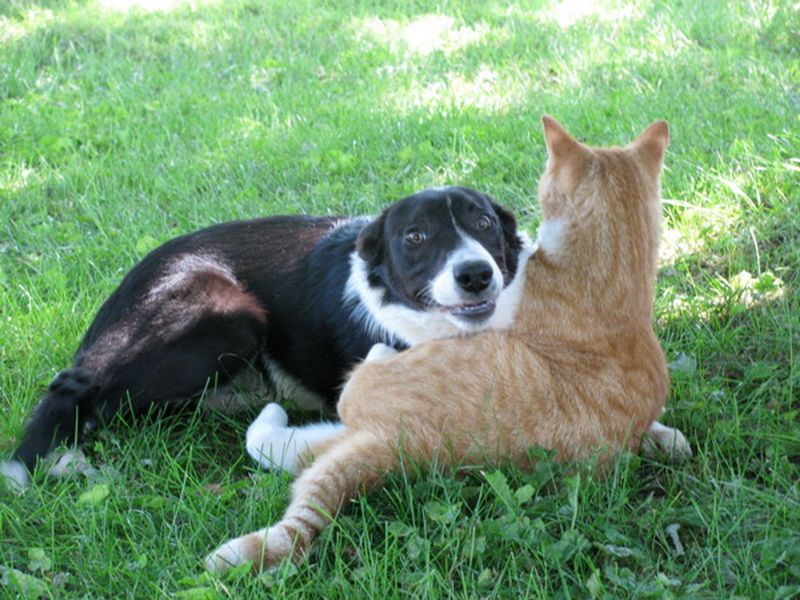
Border Collies are renowned for their intelligence and work ethic, excelling in herding and agility tasks. However, their instincts to herd can extend to household pets, including cats, which may not appreciate such attentions.
These dogs require plenty of mental and physical stimulation to keep them satisfied. When introducing Border Collies into homes with cats, early socialization and consistent boundaries are essential.
Their high energy and herding behavior might overwhelm a cat, making careful management crucial. Providing clear commands and activities helps maintain harmony between these intelligent canines and feline friends.
Weimaraner
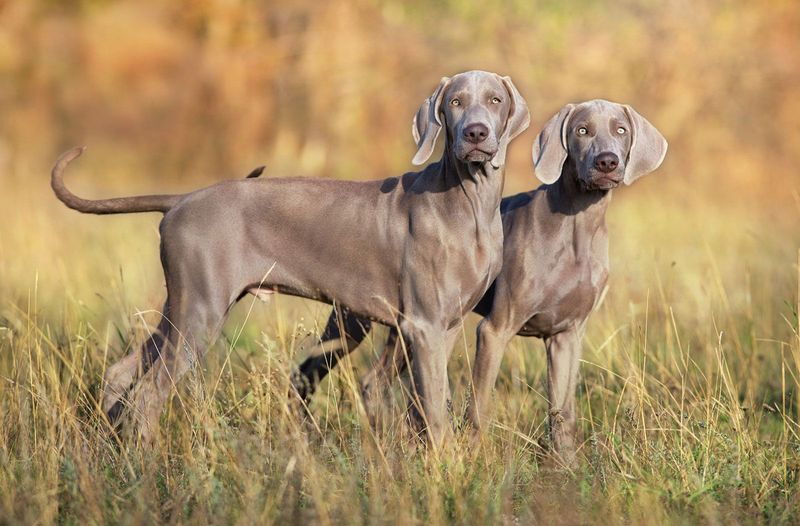
Weimaraners, with their sleek grey coats and piercing eyes, are elegant yet formidable hunters. Bred for tracking large game, their prey drive is significant, making them inclined to chase smaller animals like cats.
Living with a Weimaraner requires understanding their energetic nature and need for activity. These dogs thrive on mental and physical challenges, which helps mitigate their hunting instincts.
Training and socialization from an early age are crucial to ensure they coexist peacefully with cats. With the right approach, Weimaraners can adapt to multi-pet households, though supervision is key.
Doberman Pinscher
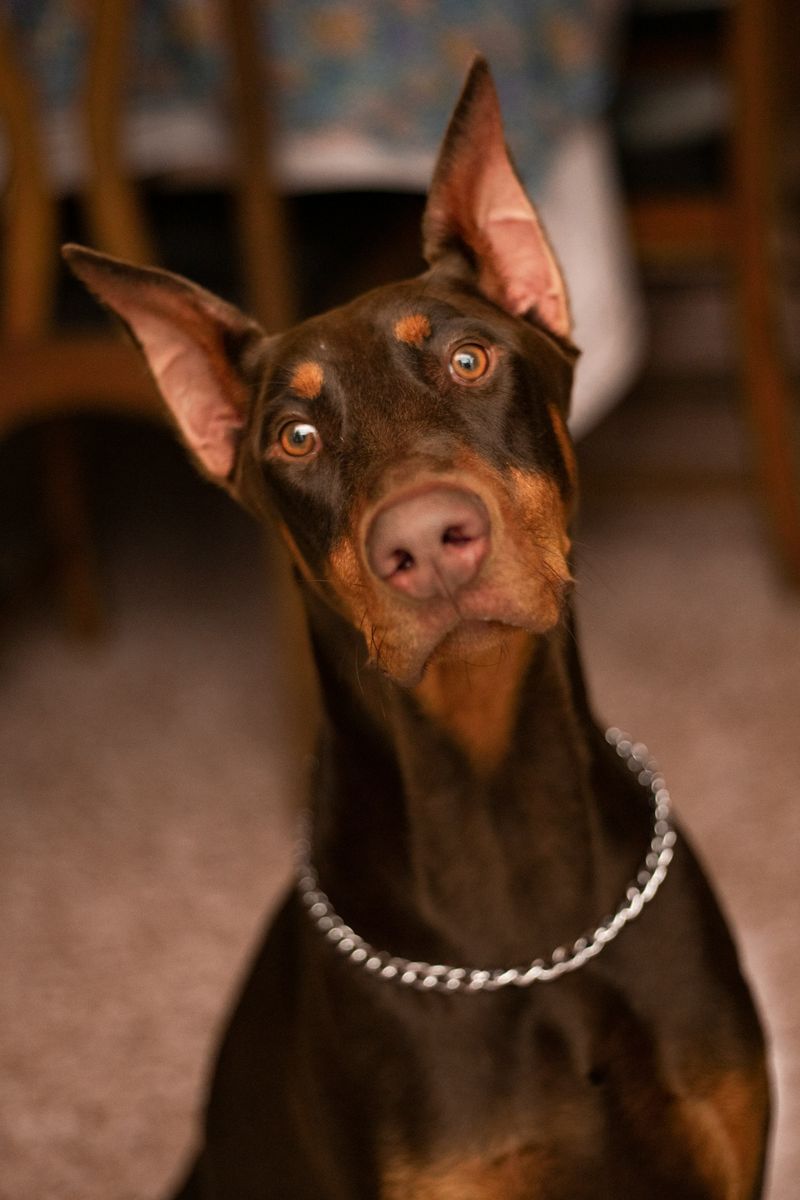
Doberman Pinschers are known for their loyalty and protective nature, often serving as excellent guard dogs. Their strong prey drive, however, can be a concern when living with cats. These dogs are intelligent and trainable, but their instinct to hunt remains.
Successful coexistence requires early socialization and consistent training to manage their natural tendencies.
Dobermans need a structured environment and clear rules, helping them understand boundaries with feline housemates. While they can learn to live harmoniously with cats, patience and vigilance are essential. Proper training ensures they respect their feline companions.
Australian Cattle Dog
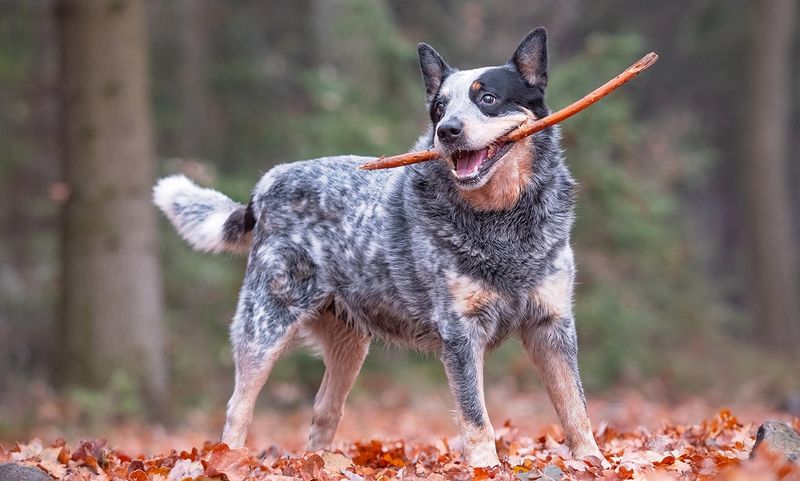
Australian Cattle Dogs are energetic and highly intelligent, bred for herding livestock. Their strong instincts can lead them to ‘herd’ other pets, which cats might find unwelcome. These dogs are tenacious and require an active lifestyle.
Careful management and early training are vital when introducing them to cats. Their high energy levels and herding drive need outlets, or they may turn their attention to their feline housemates.
Providing structure and activities for Australian Cattle Dogs helps prevent unwanted behavior, ensuring a peaceful coexistence in a multi-pet household.
Irish Wolfhound
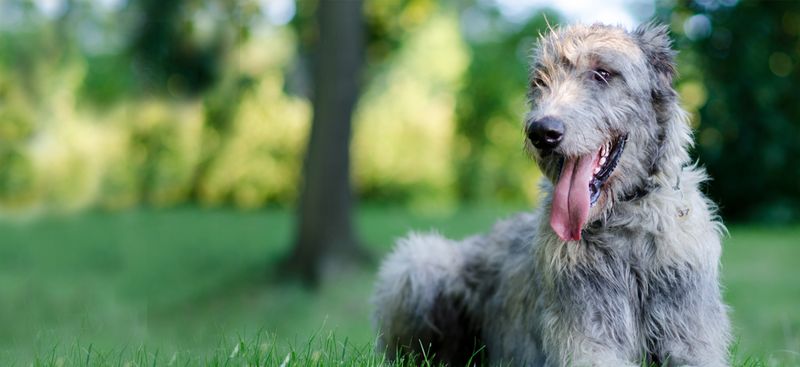
Irish Wolfhounds are gentle giants, known for their calm and friendly nature. Despite their size, they are generally laid-back, but their history as hunters means they have a strong prey drive.
These dogs can coexist with cats, given the right introductions and environment. Their size may be intimidating to smaller pets, so supervision is necessary. Patience and understanding of their nature are crucial in fostering positive relationships.
Training and socialization help Irish Wolfhounds learn to live harmoniously with cats, though their hunting instincts require careful management to ensure peace in the home.
Airedale Terrier
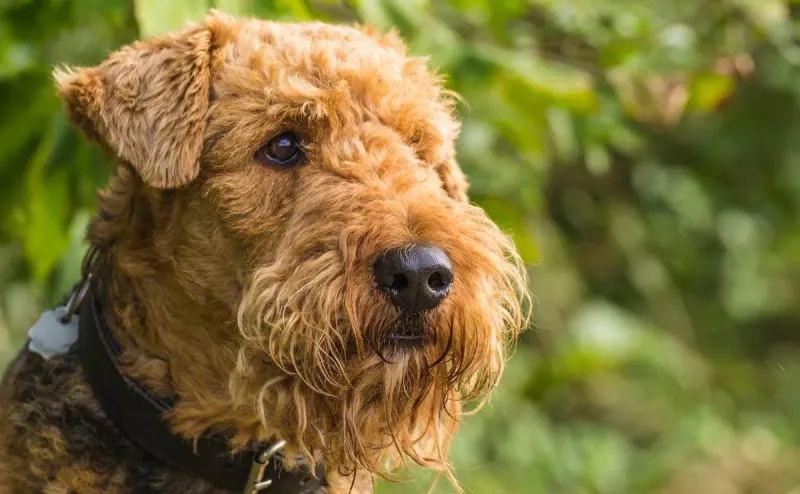
Airedale Terriers are known for their versatility and intelligence, capable of performing various tasks. However, their hunting background gives them a strong prey drive, making them inclined to chase smaller animals like cats.
Living with an Airedale Terrier requires understanding their nature and providing consistent training and socialization. These dogs thrive in environments where they receive mental and physical challenges.
Careful introductions and ongoing supervision are necessary to manage interactions with cats. With patience and dedication, Airedale Terriers can learn to coexist peacefully, though their instincts should never be underestimated.
Basenji
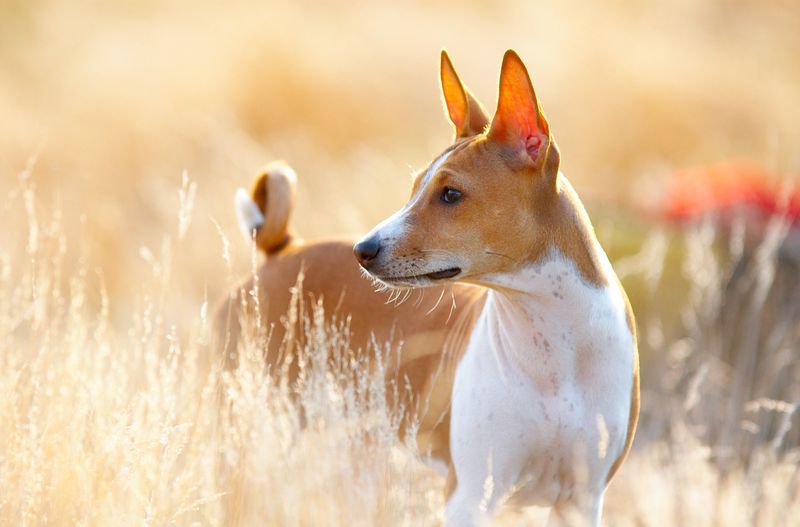
Basenjis are unique dogs, known for their lack of barking and cat-like independence. Despite their size, they possess a strong prey drive, often making them incompatible with cats. Their alertness and curiosity drive them to chase small animals.
Owners need to be mindful of their Basenji’s instincts, providing mental and physical stimulation. Early socialization is key to managing their behavior around cats.
While they can adapt to living with felines, it requires careful planning and attention. Understanding their unique temperament helps in creating a harmonious environment in a multi-pet household.
Rat Terrier
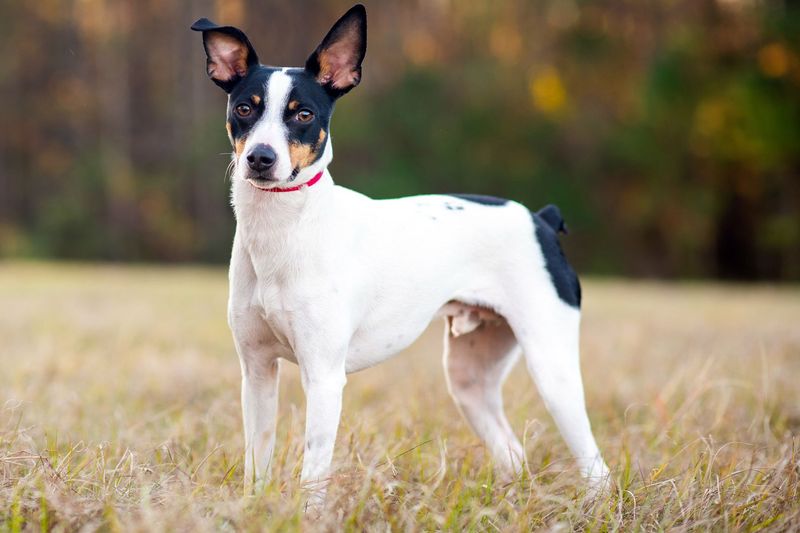
Rat Terriers are small yet energetic, with a history of hunting rats and vermin. Their strong prey drive means they often see smaller animals, like cats, as potential quarry. Despite their size, they are tenacious and spirited.
To foster a peaceful coexistence with cats, Rat Terriers require early socialization and consistent training. These dogs thrive on activity and benefit from environments that challenge their minds and bodies.
Owners must be vigilant, ensuring that their natural instincts do not lead to unwanted pursuits. With guidance, they can adapt, but their hunting nature always needs consideration.
Chow Chow
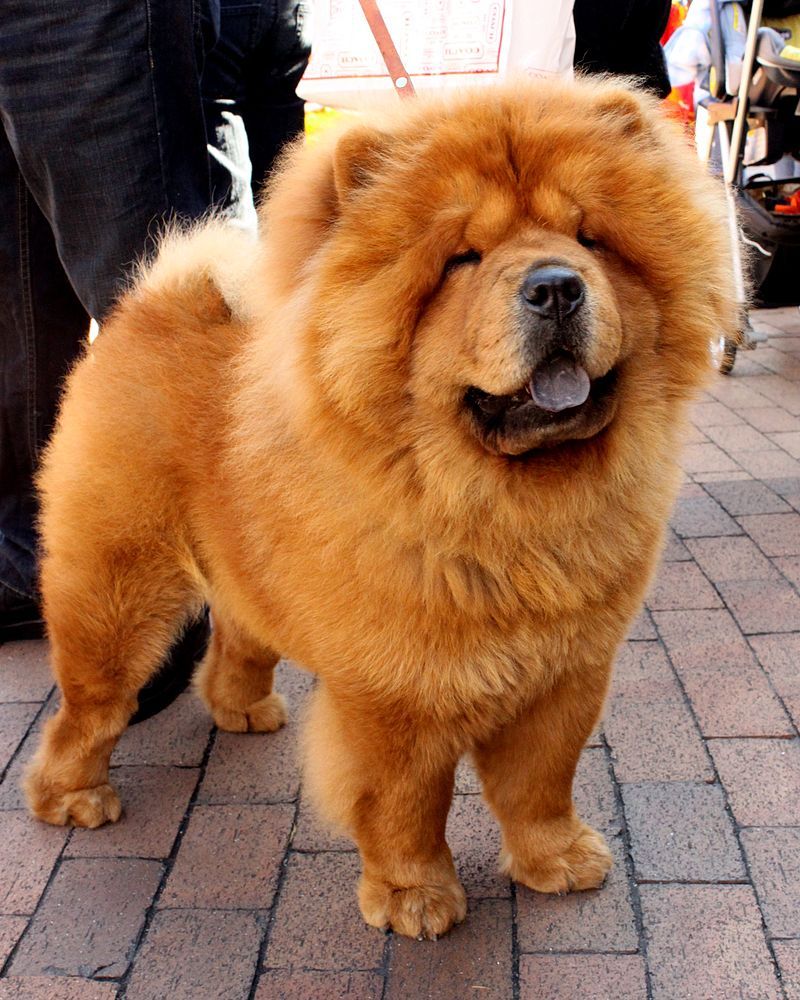
Chow Chows are known for their distinct appearance and aloof demeanor. Their independent nature and strong-willed personality can make them challenging companions for cats. These dogs are territorial and have a strong prey drive.
Successfully living with a Chow Chow requires establishing clear boundaries and providing early socialization. Their tendency to be aloof means they may not seek out feline friends, but rather see them as competitors.
Patience and careful management help ensure a peaceful environment. Chow Chows need to understand their role in a multi-pet household, requiring consistent guidance and respect for feline companions.
Rhodesian Ridgeback

Rhodesian Ridgebacks are powerful and dignified, originally bred for hunting. Their strong prey drive makes them inclined to chase smaller animals, including cats. These dogs are intelligent and independent, requiring firm leadership.
Living with a Rhodesian Ridgeback and cats requires careful introductions and ongoing training. Their natural instincts can be managed with structure and clear boundaries.
Owners should provide activities that channel their energy and intelligence in positive ways. While they can learn to coexist with feline companions, vigilance and patience are essential for maintaining harmony in a multi-pet environment.
Shih Tzu

Shih Tzus, despite their small size and friendly appearance, can have a surprisingly strong prey drive. Originally bred as companion dogs, their independent streak can sometimes lead to conflicts with cats.
These dogs thrive in structured environments with clear rules. Early socialization and training are crucial to manage their interactions with feline housemates. Shih Tzus require supervision and guidance to ensure they respect their cat companions’ space.
With patience and understanding, they can coexist peacefully, but their instincts need ongoing management to maintain a harmonious household.
Belgian Malinois
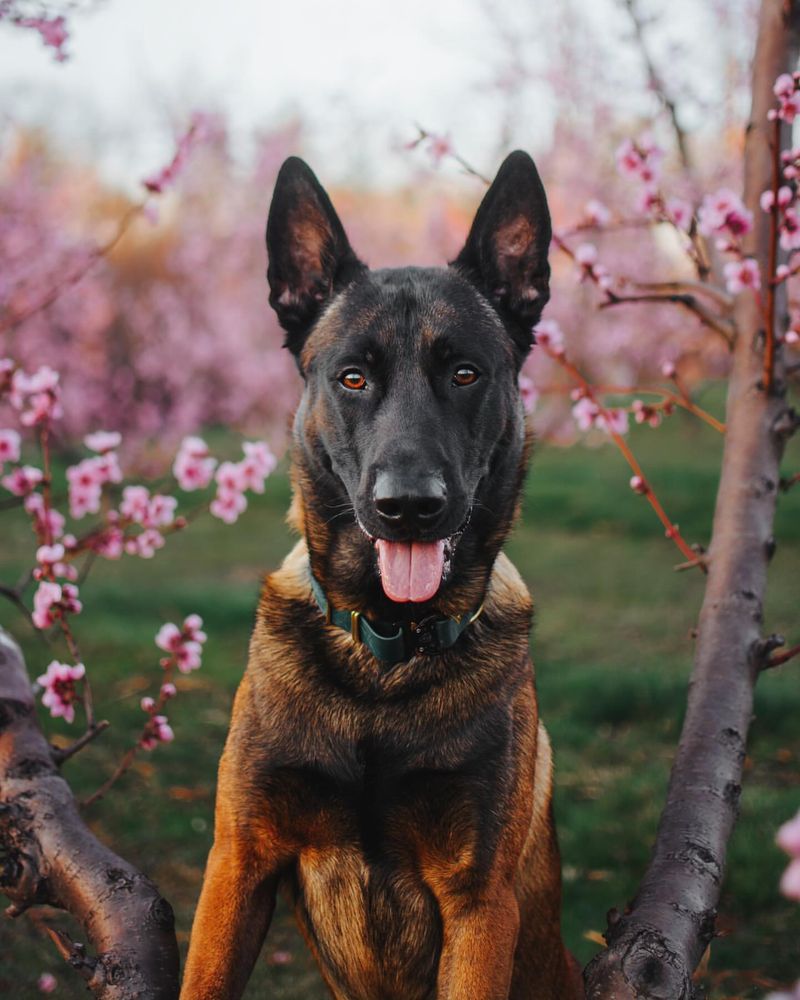
Belgian Malinois are intelligent and highly trainable, often used in police and military roles. Their strong prey drive, however, can pose challenges when living with cats. These dogs are energetic and require mental and physical stimulation.
To ensure a peaceful household, early training and socialization are essential when introducing them to cats. Their natural instincts can be managed through structured activities and clear boundaries.
Owners must be diligent in reinforcing positive behavior. While Belgian Malinois can adapt to multi-pet homes, their drive to chase requires constant supervision and guidance.
Fox Terrier
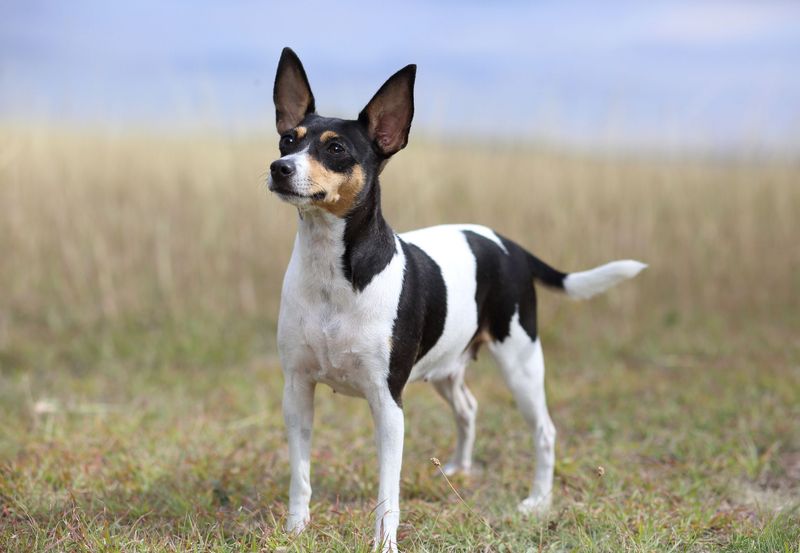
Fox Terriers, known for their lively and energetic nature, have a strong prey drive that can lead to conflicts with cats. These dogs were bred to hunt foxes, and their instincts remain strong.
Successful integration with cats requires early socialization and consistent training. Fox Terriers need environments that challenge their intelligence and energy.
Providing structured activities helps mitigate their hunting instincts. While they can adapt to living with feline companions, owners must be vigilant in supervising interactions. Understanding their nature and providing guidance fosters harmony in a multi-pet household.
Saint Bernard
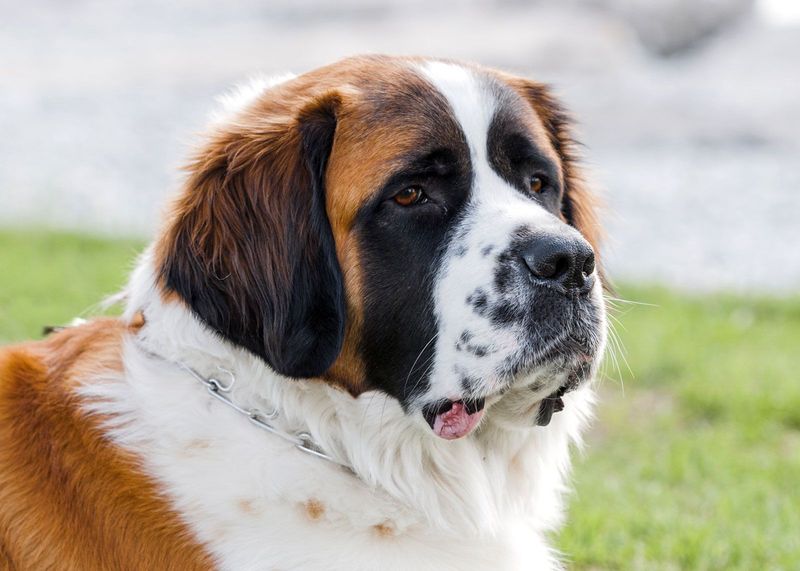
Saint Bernards are gentle giants, known for their friendly demeanor. Despite their size, they have a surprisingly strong prey drive, making them potential challenges for living with cats.
These dogs require careful introductions and supervision when living with feline companions. Training and socialization from an early age help ensure they understand boundaries. Their size can be intimidating to smaller pets, necessitating ongoing management.
Patience and understanding are crucial in fostering positive relationships. With the right approach, Saint Bernards can coexist peacefully with cats, though their natural instincts require constant vigilance.
American Pit Bull Terrier
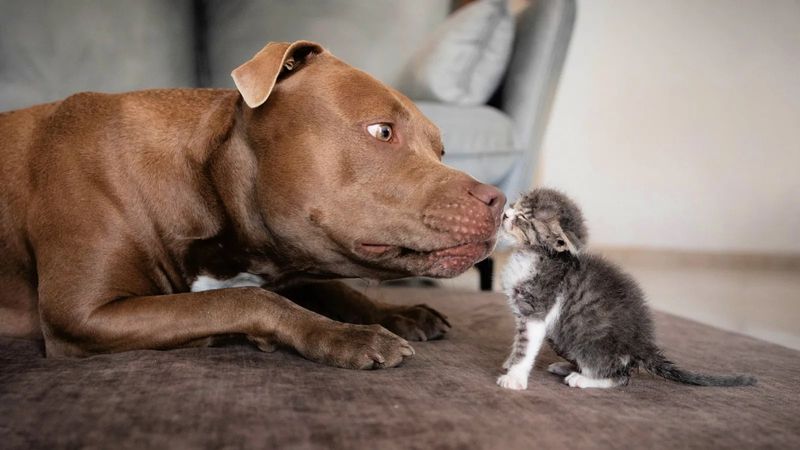
American Pit Bull Terriers are known for their strength and loyalty, often misunderstood due to their reputation. They are highly trainable but possess a strong prey drive that can lead to issues with cats.
Living with a Pit Bull and cats requires early socialization and consistent training. These dogs thrive on structure and clear rules, helping them understand their role in a multi-pet household.
Owners must be diligent in supervising interactions, ensuring positive behavior is reinforced. With patience and commitment, Pit Bulls can learn to coexist peacefully with feline companions, though vigilance is essential.
Old English Sheepdog
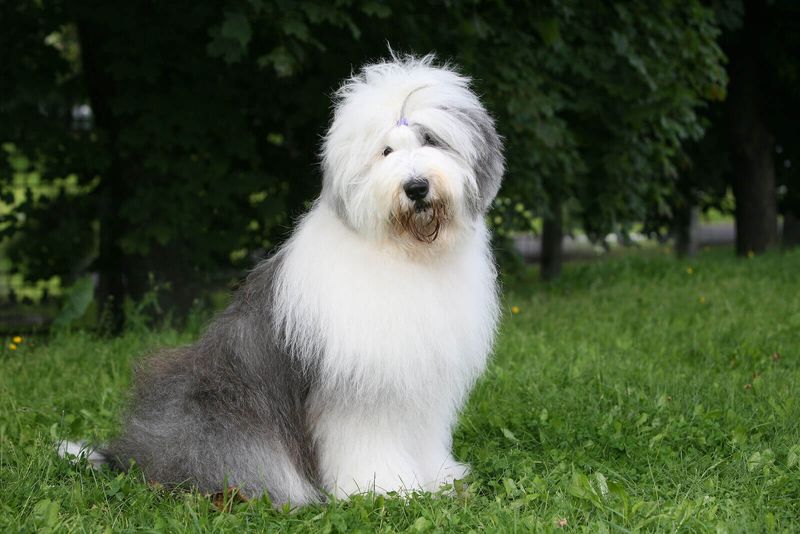
Old English Sheepdogs are known for their gentle nature and herding instincts. While they are friendly, their tendency to herd can annoy cats, leading to potential conflicts.
These dogs require plenty of mental and physical stimulation to satisfy their herding drive. Early socialization and training help manage their behavior around feline companions.
Providing structured activities and clear commands assists in maintaining harmony. Owners should be aware of their dog’s instincts and provide guidance to ensure peaceful coexistence. With the right approach, Old English Sheepdogs can learn to live happily with cats in a multi-pet household.

